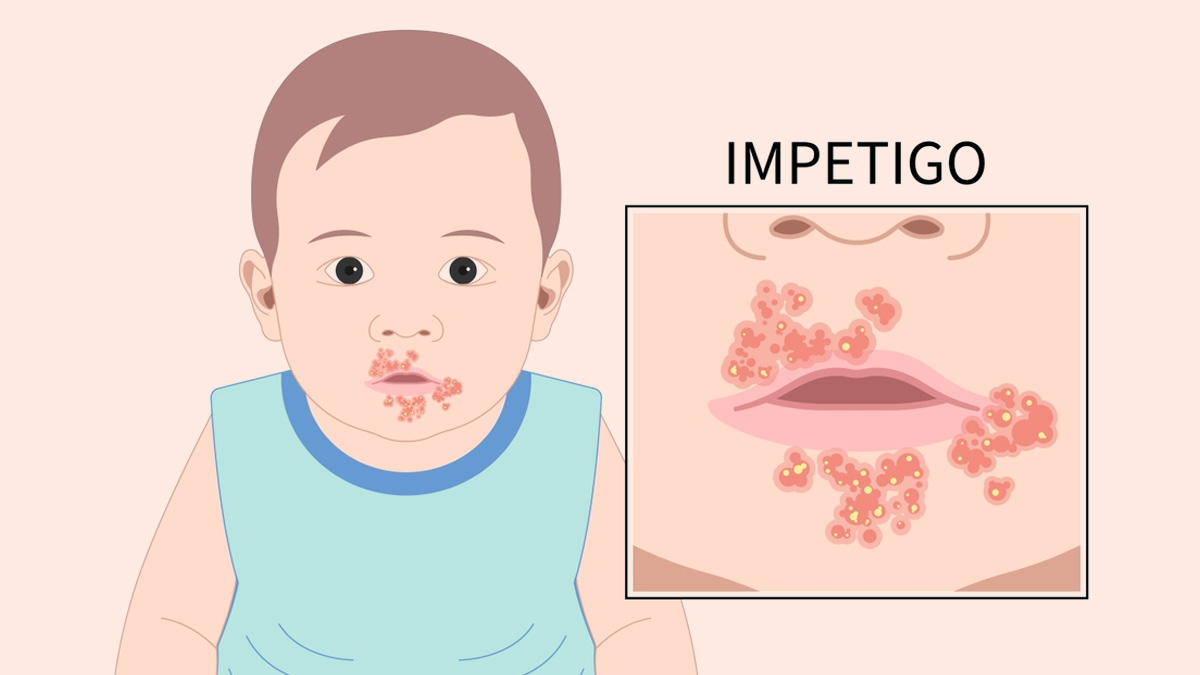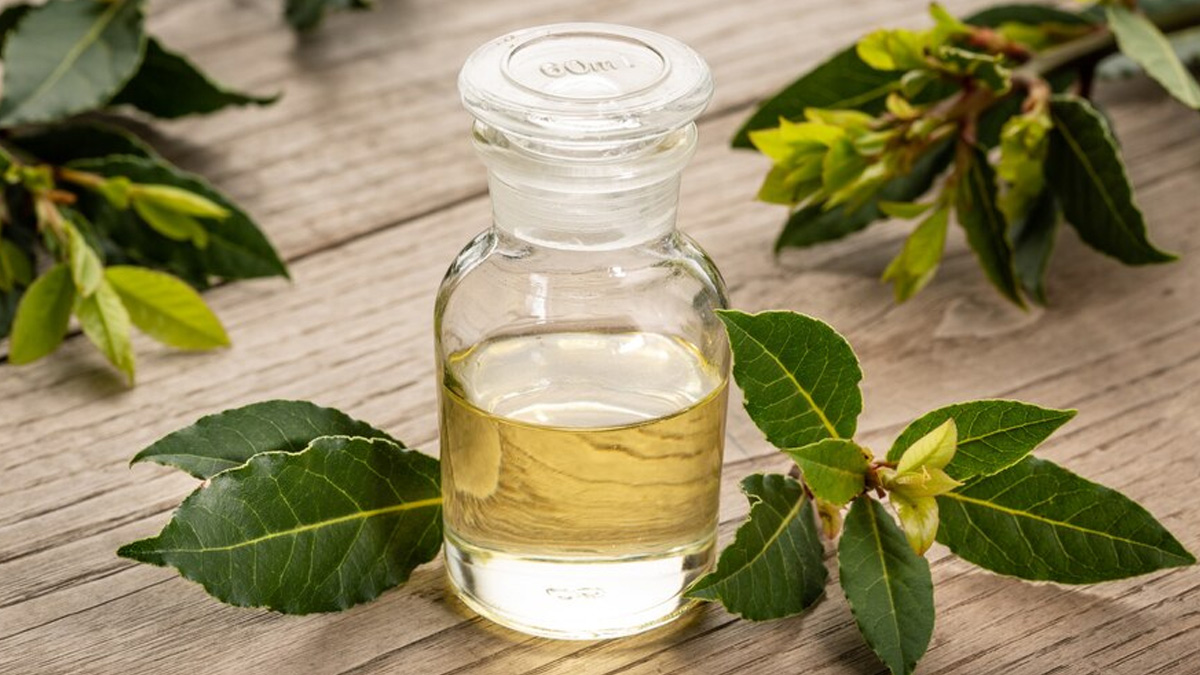
Impetigo is a common bacterial skin infection that primarily affects infants and children. It is highly contagious and spreads easily through direct contact with infected individuals or contaminated objects. The majority of impetigo cases are mild and can be effectively treated with a topical antibiotic. However, failure to treat the infection may lead to an escalation of the condition, posing a risk of worsening. In this article, we list natural remedies to treat impetigo at home.
Table of Content:-
Impetigo is caused by the bacteria Staphylococcus aureus and Streptococcus pyogenes. The infection leads to a rash characterised by raised, swollen, itchy, and oozing red sores. While this rash usually appears around the mouth and nose, it can also develop on other body parts.
Natural Remedies To Treat Impetigo At Home

Tea Tree Oil
Tea tree oil possesses antibacterial properties that can help combat the bacteria responsible for impetigo. Dilute tea tree oil with a carrier oil like coconut or olive oil and apply it to the affected area using a cotton swab. Repeat this process a few times daily until the infection clears up.
Also Read: Heatwave Alert: Expert Explains Heat Stroke And Everything You Should Know
Warm Compress
Applying a warm compress to the affected area can help soothe itching and discomfort associated with impetigo. The warmth also aids in increasing blood circulation, which promotes healing. Simply soak a clean cloth in warm water, wring out excess moisture, and gently apply it to the affected skin for 10-15 minutes several times a day.

Apple Cider Vinegar
Apple cider vinegar is well known for its antimicrobial characteristics, which make it a potent natural treatment for impetigo. Combine equal amounts of apple cider vinegar and water, then use a cotton ball to apply the mixture to the affected skin. Repeat this procedure several times a day until the infection clears up. process a few times daily until the infection resolves.
Honey
The antibacterial and wound-healing abilities of honey make it a good option to treat impetigo. It can help reduce inflammation, prevent infection, and promote skin regeneration. A 2016 study highlighted honey’s antimicrobial properties, suggesting that honey could potentially serve as an antimicrobial treatment for skin conditions, including impetigo. Apply raw honey directly to the affected area and cover it with a bandage.
Also Read: Heat Illness: Here Are 7 Tips To Protect Your Child From Heat-Related Issues

Garlic
A compound in garlic known as allicin has potent antibacterial properties. According to a 2012 study, it was found that certain components of ginger were effective against Staphylococcus. To use it as a remedy, crush a few cloves of garlic and mix them with a carrier oil to create a paste. Apply the paste to the affected area and leave it on for 10-15 minutes before rinsing it off with water.
Neem Oil
Neem oil is rich in antibacterial compounds that can help fight impetigo-causing bacteria. All you need to do is mix a few drops of neem oil with a carrier oil and apply it to the affected area. Rinse it off after a few hours with water.
Aloe Vera
Aloe vera has soothing and healing properties that can help alleviate the symptoms of impetigo. A 2015 study evaluated a cream containing aloe extract and neem oil. The results demonstrated antimicrobial activity against Staphylococcus aureus, a common bacteria strain responsible for causing impetigo when tested in a laboratory setting.
Extract the gel from an aloe vera leaf and apply it directly to the affected skin. Leave the paste on your skin for 15-20 minutes and then wash it with water.
Turmeric
Another remedy for treating impetigo involves using turmeric. Turmeric contains curcumin, which is a compound known for its strong anti-inflammatory and antimicrobial properties. You can make a paste by mixing turmeric powder with water and applying it to the affected skin. Before rinsing with water, leave the paste on for 15-20 minutes.
Coconut Oil
Coconut oil has antimicrobial properties that can help kill bacteria and fungi responsible for impetigo. Apply coconut oil directly to the affected area and leave it on until absorbed.
[Disclaimer: This article contains information for informational purposes only, hence, we advise you to consult your expert if you are dealing with any health issues to get the necessary treatment.]
Also watch this video
How we keep this article up to date:
We work with experts and keep a close eye on the latest in health and wellness. Whenever there is a new research or helpful information, we update our articles with accurate and useful advice.
Current Version